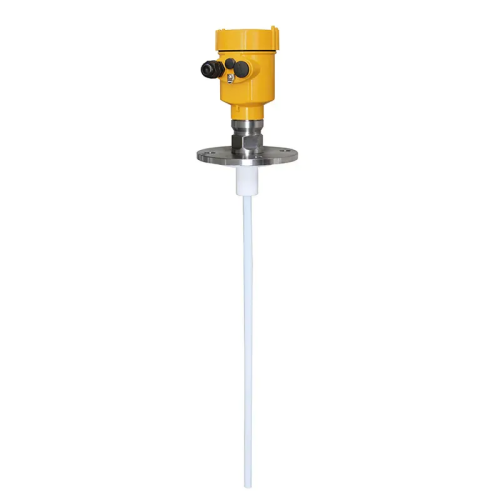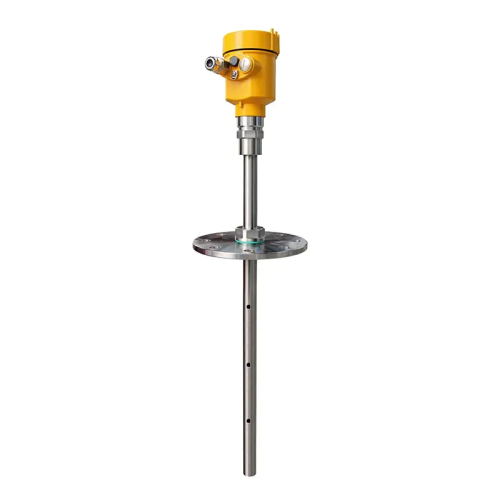BETTER TOUCH BETTER BUSINESS
Contact Sales at KAIDI.
Guided wave radar level meter is a very important tool in the field of liquid level measurement, which is widely used in various liquid level measurement conditions and requires high measurement accuracy.
Generally speaking the way to improve the measurement accuracy is to increase the sampling speed, at the same time the sampling speed is increased, the raw data collected by the instrument will grow exponentially. This requires the CPU to have a larger memory space, and at the same time increases the complexity of the CPU software to process the data, reducing the response speed of the instrument. So how to improve the accuracy of guided wave radar level through data acquisition processing methods? We analyze it for you through the next two articles!

Industrial automation field for continuous level measurement of guided wave radar level meter and pulse radar level meter is a modern industrial site commonly used instruments, according to its measurement principle, the last part of the energy is reflected back after the circuit processing sent to the CPU to collect, and then through the intelligent software to identify the effective echo, calculate the distance from the instrument to the liquid level, and then calculate the actual height of the liquid level, the CPU collects the frequency of the echo to directly affect the accuracy of the instrument itself.

Different manufacturers and brands have their own methods for processing the raw echo that is captured by the software. The first method is to use a fixed frequency sampling rate to capture the raw echo and then use data processing algorithms to distinguish the effective position of the echo. With the first method, if the sampling frequency is low, the instrument itself has a lower measurement resolution. Conversely, if the sampling rate is very high, the CPU will need a large area of RAM to store the acquired waveforms, which will make the price of the CPU will rise sharply, the development cost will be greatly increased, and at the same time, the CPU processing data for a longer period of time, the instrument's real-time performance is reduced. Another method is to first sample the original echo at a relatively low frequency. After sampling the original echo, the false echo is created from the original echo, and the echo curve is calculated from the original echo and the false echo. To find the effective waveform (reflection point) in the waveform, the current sampling frequency is low and the accuracy of the location of the effective point found is not high. To solve this problem, since the location of the effective waveform is currently known, only the effective waveform is captured at a higher sampling frequency, thus increasing the accuracy of the guided wave radar level transmitter.

According to this article we can understand the guided wave radar level meter manufacturers is how to use software to deal with the acquisition of the original echo, the above two methods are often used by major manufacturers, the next article we will focus on a specific analysis of a data acquisition and processing methods, this method to improve the instrumentation for the measurement of accuracy and speed of response plays a vital role!
We are here to help you! If you close the chatbox, you will automatically receive a response from us via email. Please be sure to leave your contact details so that we can better assist